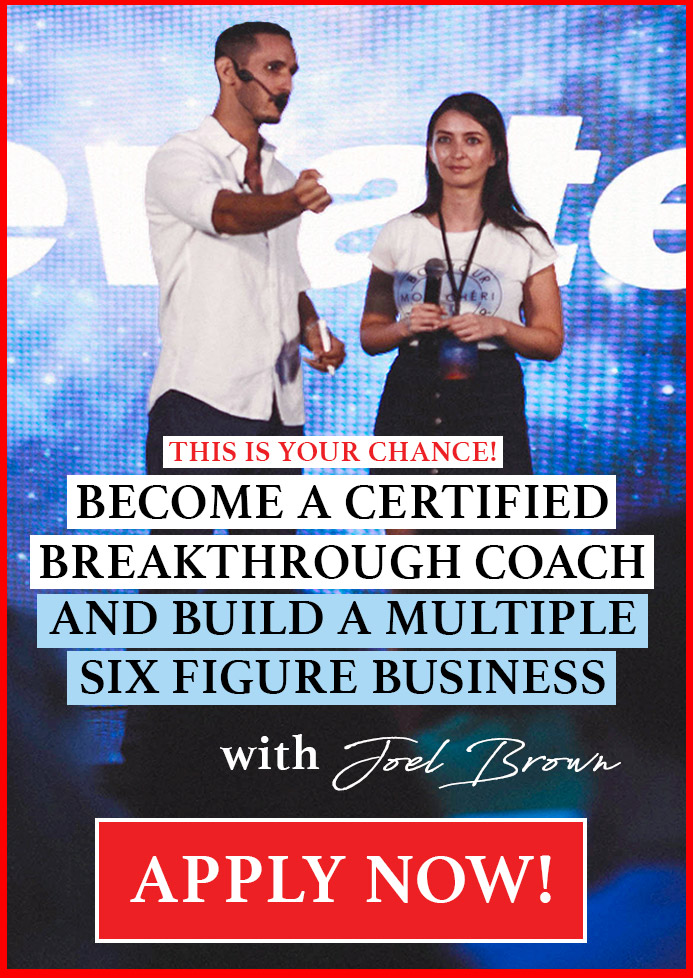Success Advice
An Easy to Follow 8 Step Strategy for Creative Problem Solving
A complete process of creative problem-solving encompasses finding problems, developing creative solutions, and implementing your solutions

No matter where you look around the world today, entrepreneurs face a common challenge: The need to stand out from their competitors and win over customers.
The creative and socially changed economy of the 21st century has added speed and complexity to the game of business. Competitors are now springing up in all corners of the world.
International supply chains and digital technologies make it possible for anyone with an internet connection to start their own business and they can conduct business with anyone, anywhere in the world. While this situation can be stressful, it can also be liberating.
People have the opportunity to chart their own course in the world like never before. Whether starting their own company or working inside one, people have to think and behave like entrepreneurs. This is easier said than done, because the industrial model of business worked quite well for so many people for a long time.
Churning out incrementally improved products for existing customers over a lifetime ensured steady growth and dependable returns on investment. However, such models are simply not effective today.
We live in a world of customized experiences, choice, easily accessed research and knowledge, and high expectations. Customers expect more from companies today, which requires entrepreneurs to uncover people’s real problems and design elegant solutions to those problems.
Yet, many very smart people don’t know what steps to take to come up with, fine-tune, and execute that next big idea.
Entrepreneurial activity is first and foremost about creative problem-solving. No matter how great your technology or idea, if it doesn’t solve an important problem for enough people you have little chance for success.
Think of the many problems that challenge your potential customers. Some of these problems might be obvious, but a good solution hasn’t been discovered yet. A complete process of creative problem-solving encompasses finding problems, developing creative solutions, and implementing your solutions.
To master innovation, incorporate this eight-step framework:
1. Problem finding
Start by sensing and anticipating customer problems. But make sure you don’t prematurely assume the real problems of the real customer without investigation. Questions to ask may include: “What goals do they fail to attain year after year?” or “What problems do they have that they’d like to avoid?” Don’t begin to solve the problem at this point.
2. Fact finding
The purpose of fact finding is to obtain better clarity about the customer’s problem. List as many simple, specific, and clear answers as you can to questions regarding why this problem exists — as well as what you might be assuming to be true. Merge your own observations and ideas with any available research.
3. Problem definition
Continuing to set aside judgment, list several optional problem definitions. Phrase each problem definition as a challenge beginning with “How might customers…?” Let’s say you’re starting a travel company. A challenge might be: How might customers have a better travel experience?
Then use the “Why; what’s stopping” analysis: “Why would customers want this challenge to be met?” and “What’s stopping customers from having this challenge met?” As you spend time on this analysis, you’ll better understand the customer problem space.
“Life is a series of problem-solving opportunities. The problems you face will either defeat you or develop you depending on how you respond to them.” — Rick Warren
4. Idea finding
Now you turn from the “what’s needed” to the “what’s possible” side of the business concept by converting customer challenges into company challenges. Change the “How might customers…?” into “How might we…?” Brainstorm simple, concise, radical ideas that you can build on.
5. Evaluate and select
Evaluate your list of potential solutions. Then list at least 15 potential criteria — specific, clear, and simple — to use in measuring their worth. This could include material cost, manufacturing time, ease of finding committed suppliers, etc.
Rank the criteria for each solution idea. Use the totals to guide your final selection. Importantly, ask: Will the solution be truly desirable to the customer? Is it technically feasible to produce and deliver the solution? And, is it economically viable to produce and deliver?
6. Planning action
Imagine what single action step you must first take to implement your solution. Next, consider how it will be done — when, where, and by whom. Think of further actions steps that need to be carried out, leaving room for creativity as your action plan unfolds. With your plan of attack, you’re ready to gain further acceptance of your concept from others.
7. Gaining acceptance
It’s likely your action plan includes getting support or approval from at least one person or company. List three benefits this person might derive if your idea made it to market — and how you can prove the benefit.
Also list at least three objections you anticipate this person might raise, and how you would overcome the objection. This step is a way to refine a business model that can be shown to investors.
8. Taking action
Finally, consider what might prevent you from taking the first step in your action plan. Then come up with three ideas for overcoming it. Go ahead and carry out your action step now that you know how to overcome any impediments. Repeat this step for each action in your plan.
This entrepreneurial approach is right for today’s world. It supports innovation in an economy and world where empathy, creativity, smart risk taking, engagement, and savvy execution are needed to thrive and flourish. This framework allows you to take charge of your future and connect deeply to the world around you — just as an entrepreneur should do every day.
Success Advice
7 Simple Acts of Kindness That’ll Make You Everyone’s Favorite Colleague
When you put kindness at the forefront of all your workplace interactions, you neutralize the viciousness and become someone that other people prefer to work with.

A lot of bruised feelings remain after last year’s election season. But instead of perpetuating the rancor, the world is ready for more kindness in the coming year. It’s time to rekindle your dormant kernel of kindness and vow to bring it with you each day when you enter your workplace. (more…)
Startups
The Secret to Using Video for Maximum Impact and Brand Growth
Master video storytelling to captivate, engage, and grow your brand

The Power of Video in Engagement and Personal Branding
How does one master the ability to captivate an audience? This capability can mean the difference between success and obscurity, but knowing how to achieve it is the biggest challenge. (more…)
Startups
6 Misconceptions About Digital Products That Are Costing You Time and Money
Avoid these 6 digital product myths and build a real business

You’ve probably seen or heard someone talking about how selling online products and digital courses is as easy as 1, 2, 3 and you’re making $10,000 in your sleep overnight. (more…)
Success Advice
The Young Man’s Guide to Leadership: 10 Essential Skills for Success
Nobody wants to follow a leader who lacks self-confidence. Followers want leaders who are competent.
-

 Life3 weeks ago
Life3 weeks agoHarness the ‘Battery Effect’ to Transform Life’s Tensions into Your Greatest Strength
-

 Life4 weeks ago
Life4 weeks agoDoing This for 30 Minutes a Day Can Unlock Your Full Potential
-

 Startups4 weeks ago
Startups4 weeks ago7 Strategic Shifts to Help You Scale Your Business Smarter, Not Harder
-

 Entrepreneurs2 weeks ago
Entrepreneurs2 weeks ago10 Powerful Steps to Define and Solve Any Hard Problem Effectively
-

 Entrepreneurs2 weeks ago
Entrepreneurs2 weeks agoHow Smart Entrepreneurs Leverage User Feedback for Market Success
-

 Entrepreneurs4 weeks ago
Entrepreneurs4 weeks agoHolistic Entrepreneurship: The Overlooked Formula for Long-Term Growth
-

 Startups3 weeks ago
Startups3 weeks ago6 Misconceptions About Digital Products That Are Costing You Time and Money
-

 Entrepreneurs3 weeks ago
Entrepreneurs3 weeks agoThe Secret to Resolving Employee Disputes Without Losing Productivity




























